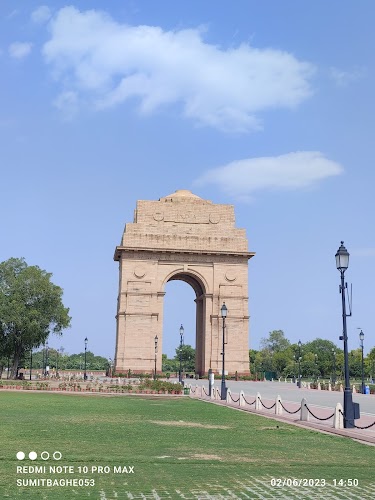
India Gate
New Delhi, India
- Enjoy a picnic
- Stroll around the gardens
- Visit the National War Memorial
- Witness the Changing of the Guard ceremony
Known for:
Description:
India Gate is a war memorial located astride the Rajpath, on the eastern edge of the ceremonial axis of New Delhi, formerly called Kingsway. It stands as a memorial to 82,000 soldiers of the British Indian Army who died between 1914 and 1921 in the First World War and the Third Anglo-Afghan War. It is also India's largest war memorial. Originally called the All India War Memorial, it bears the names of more than 13,516 British and Indian soldiers killed in the Northwestern Frontier of India and the Third Anglo-Afghan War. Amar Jawan Jyoti, an eternal flame, burns day and night under the arch to remind the nation of soldiers who laid down their lives in the Indo-Pakistani War of 1971.
History:
Designed by Sir Edwin Lutyens, the foundation stone of India Gate was laid in 1921 by the Duke of Connaught and it was inaugurated in 1931 by the then Viceroy, Lord Irwin. The India Gate is a 42 m high structure inspired by the Arc de Triomphe in Paris. Following India's independence in 1947, India Gate became the site of the Indian Army's Tomb of the Unknown Soldier, known as the Amar Jawan Jyoti. The Amar Jawan Jyoti, or the Flame of the Immortal Soldier, was added after India's independence as a memorial to the Indian soldiers who died in the Indo-Pakistan War of 1971.